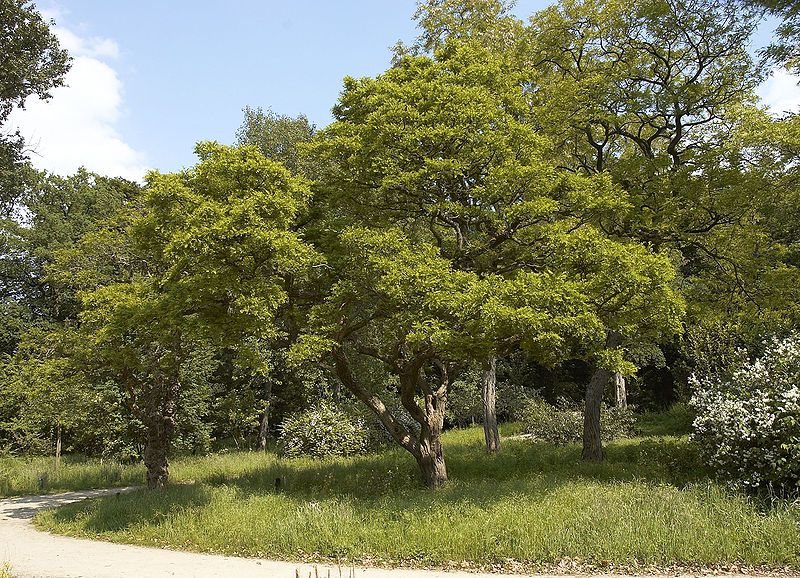-
 Sale by the cord
Sale by the cord
-
 SDSL
SDSL
-
 Coverts
Coverts
-
 POP3
POP3
-
 M35
M35
-
 Ketone
Ketone
-
 Pterophile
Pterophile
-
 Monoethanolamine
Monoethanolamine
-
 Biocenosis
Biocenosis
-
 Rillwash
Rillwash
-
 Crystal system
Crystal system
-
 Excoriation
Excoriation
-
 Balanced flue boiler
Balanced flue boiler
-
 Fennel
Fennel
-
 Gravitation
Gravitation
-
 Feral
Feral
-
 Virophage
Virophage
-
 Multiple sclerosis
Multiple sclerosis
-
 Hypha
Hypha
-
 Mass number
Mass number
-
 Great Red Spot
Great Red Spot
-
 Internal haemorrhoid
Internal haemorrhoid
-
 Noise
Noise
-
 Megafauna
Megafauna
-
 Deep Space 2
Deep Space 2
-
 Lambda phage
Lambda phage
-
 Strange quark
Strange quark
-
 Eucalyptus
Eucalyptus
-
 DTE
DTE
-
 Tropical period
Tropical period
Black locust
The black locust is a tree that can reach heights of 20 to 30 metres. Often suckering, it forms groves that are sometimes invasive and has an important place in the wooded landscapes of plains and hills.

Circumference in centimetres, measured at 1 metre from the ground: 497 centimetres (2007) - Height: 23 metres (2000). Houyet (Belgium) - Ardennes domain park. © Jean-Pol Grandmont, licence Creative Commons Attribution, share alike terms 3.0 Unported
Names
A member of the Fabaceae family (formerly called Leguminosae), the black locust (Robinia pseudoacacia) is sometimes wrongly called "acacia". Its Latin name Robinia, adopted by the famous 17th century botanist, Linnaeus, pays tribute to one of his Parisian colleagues, Jean Robin.
Botanical description
This species is slender and thin and has a quite wide crown of twisted branches. Its trunk is grey-brown, with thick bark and deep cracks that run lengthwise. Its suckers and young branches are spiny. Its deciduous leaves have between 9 and 19 oval folioles and have stipules on the non-flowering branches, which change into sharp thorns that can stay in place for several years. Its hermaphroditic flowers are white, and grow in fragrant hanging clusters 10 to 25 centimetres long. Its fruit are flat pods, from 7 to 12 centimetres long and contain several seeds.

Black locust. © Botaurus stellaris - public domain
Origins
This tree comes from the Appalachian region in eastern North America. Introduced into Europe, it quickly became an invasive species.
Growing conditions
This tree loves light and especially grows on the edges of forests, along roads and railway tracks. Very hardy, it grows nearly anywhere, except on calcareous land. Near its roots, it has nodes that help it to fix the atmospheric nitrogen in the soil, which allows it to grow well without nitrogen fertiliser.
Use
Very hard and almost rot proof, black locus wood does not need to be treated and can be used as a substitute for exotic woods. It is used to produce vine stakes or fences pickets and garden furnishings. Its flowers are used in the perfume industry and to prepare delicious honeys.
Author: Michel Caron
 © Wouter Hagens GNU Free Documentation License, Version 1.2
© Wouter Hagens GNU Free Documentation License, Version 1.2
Latest
Fill out my online form.



